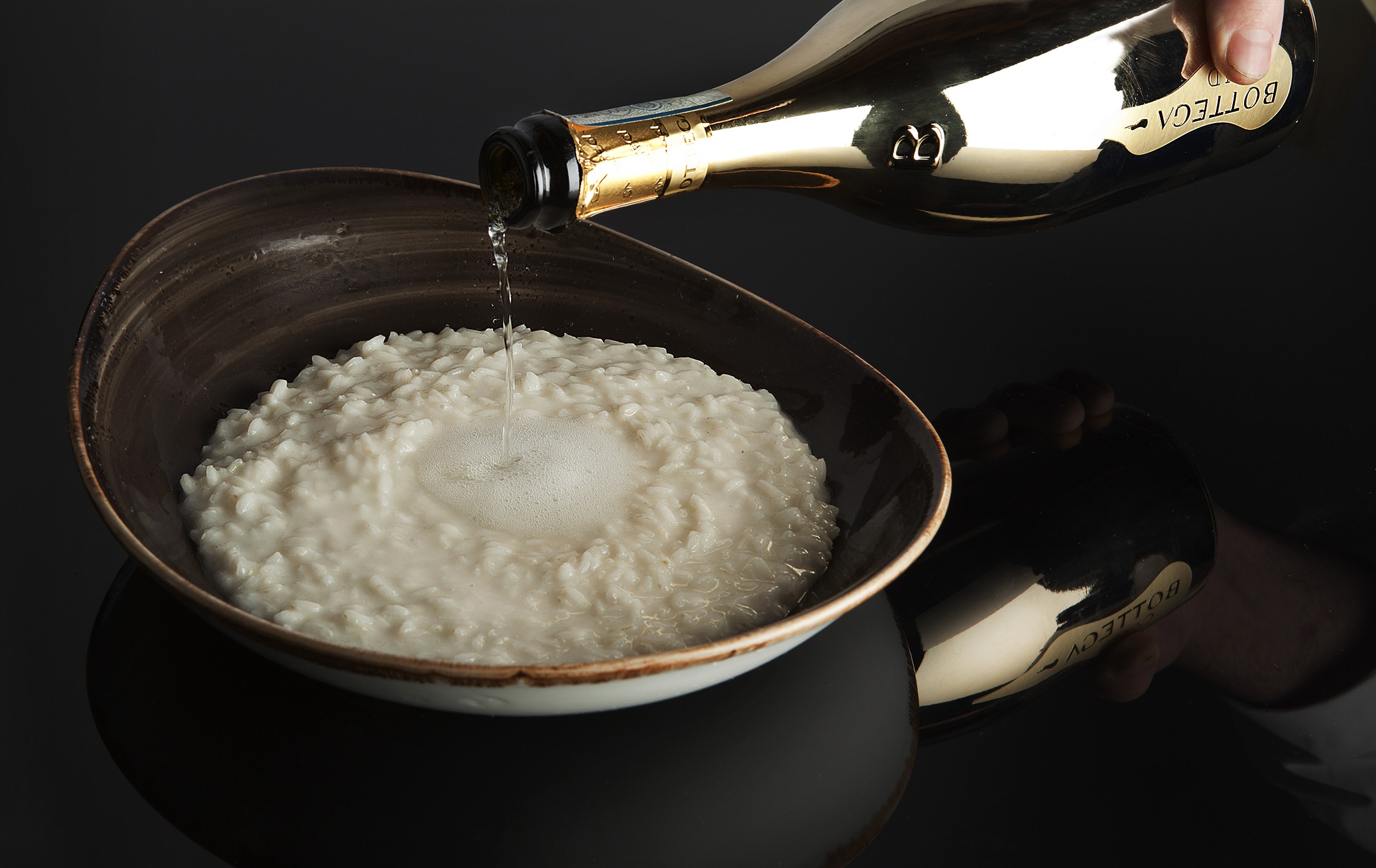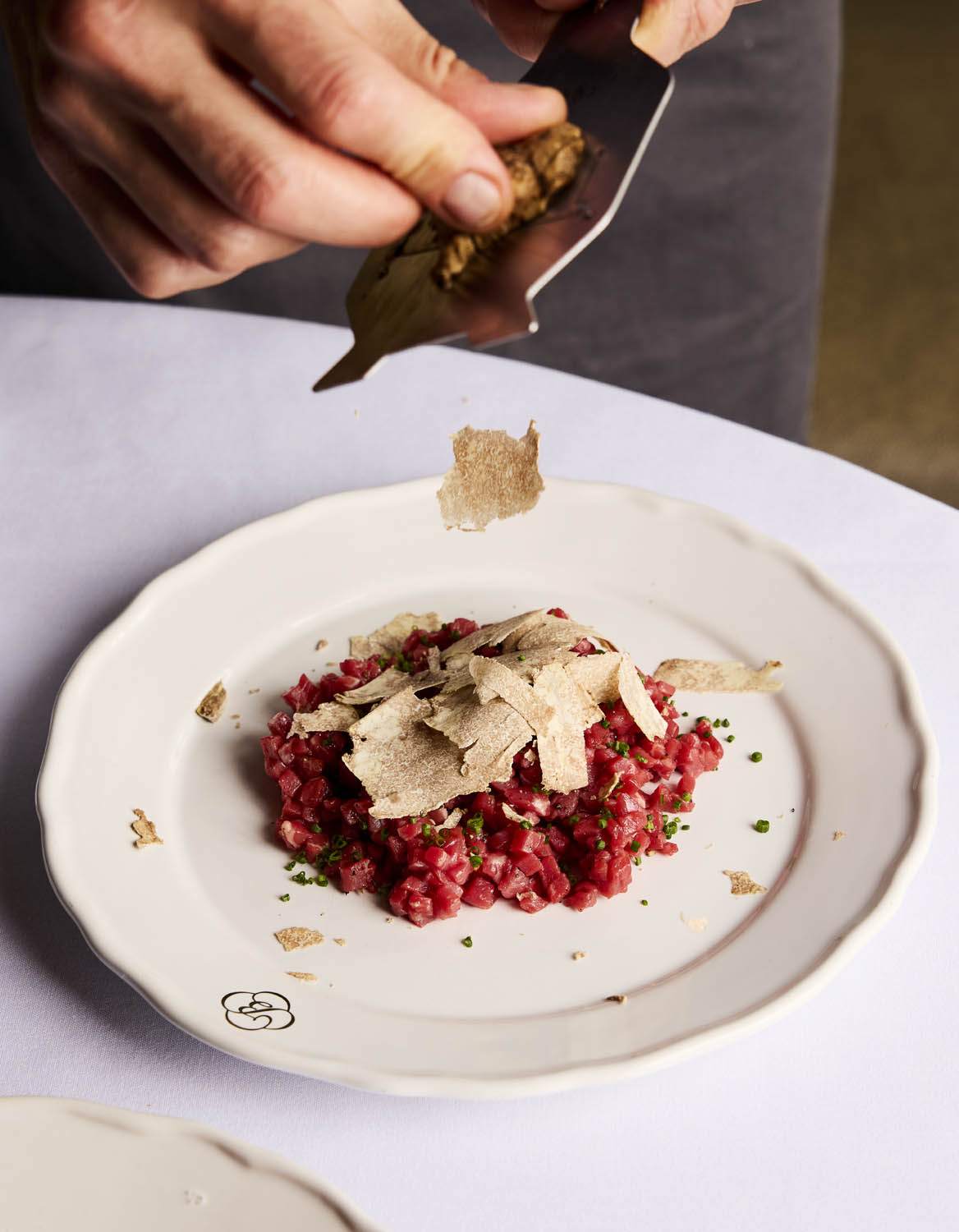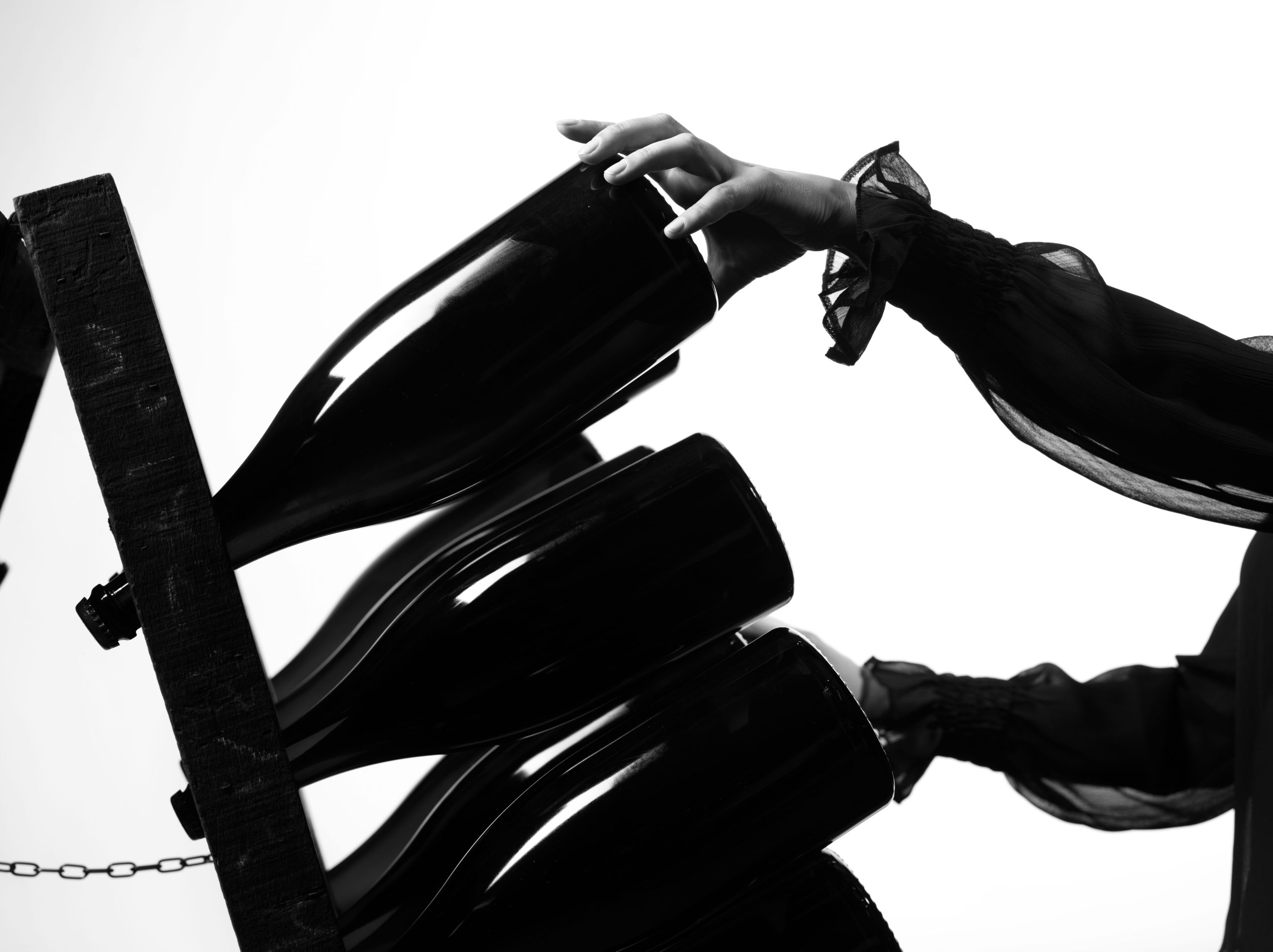Gap for premium brandy in US worth $1bn
An untapped gap in the US market for premium brandy could be worth nearly $1 billion, if producers are able to capitalise on its potential, according to a report by industry analysts Rabobank.
In its report “Between Boring and Bling: Opportunities in the US Brandy Market”, Rabobank identifies a “premium brandy gap” that producers have thus far failed to capitalise on.
It said the space between super-premium brands and entry-level value brands should “logically be the strongest price segment”, worth and estimated $1bn, with potential for producers to tap into a trend for premium spirits among “sophisticated and affluent” US consumers.
Stephen Rannekleiv, global wine and spirits analyst for Rabobank, said: “There is an enormous gap between domestic, value brandy and super-premium Cognac: the premium segment. This is unusual because the premium segment is, generally, the strongest part of the U.S. spirits market overall. If brandy had a normal pricing curve, we estimate there would be approximately four million cases of premium brandy sold, at a retail value of nearly $1 billion.”
The cause of the gap, according to Rabobank, is due to the US conception of Cognac and brandy as separate categories, which has created niche set of consumers for each.
Consumers of domestic brandy tend to be older, white and less affluent purchasing products at a lower price point. Cognac meanwhile holds a strong position in the African-American market with the price growth of super-premium Cognacs “outpacing the market”.
Consumers’ lack of understanding about what brandy and Cognac are – a distilled wine often aged in bourbon barrels, the former produced in Cognac – has caused the category to be split with negative stereotypes preventing its successful premiumisation, the report noted.
Partner Content
For many brandy was associated either with “elderly, pipe-smoking gentlemen in club chairs” or with “sweet fruit-flavored brandy liqueurs” – neither of which appeal to affluent consumers taking part in the “cocktail culture.”
Rannekleiv added that brandy (both domestic and Cognac) had failed to gain relevance with US consumers, “particularly affluent consumers who have driven recent premiumization trends in vodka, whiskey and wine.”
“Increasing brandy consumption within this broader demographic represents an opportunity for foreign and domestic brandy suppliers to expand sales, improve profitability and grow the overall spirits category”, he said. “Building a premium brandy brand will require significant marketing resources – something that has been missing in the brandy category – but we believe the current context may create favourable conditions to do so.”
He added: “Consumers today are more sophisticated and more open to new products and categories. Furthermore, the growing interest in premium wine and whiskey creates an ideal opening to reintroduce brandy to consumers using the halo from these categories, as brandy has characteristics of both (e.g., wine grape varietals used, whiskey barrel ageing, etc.)”




